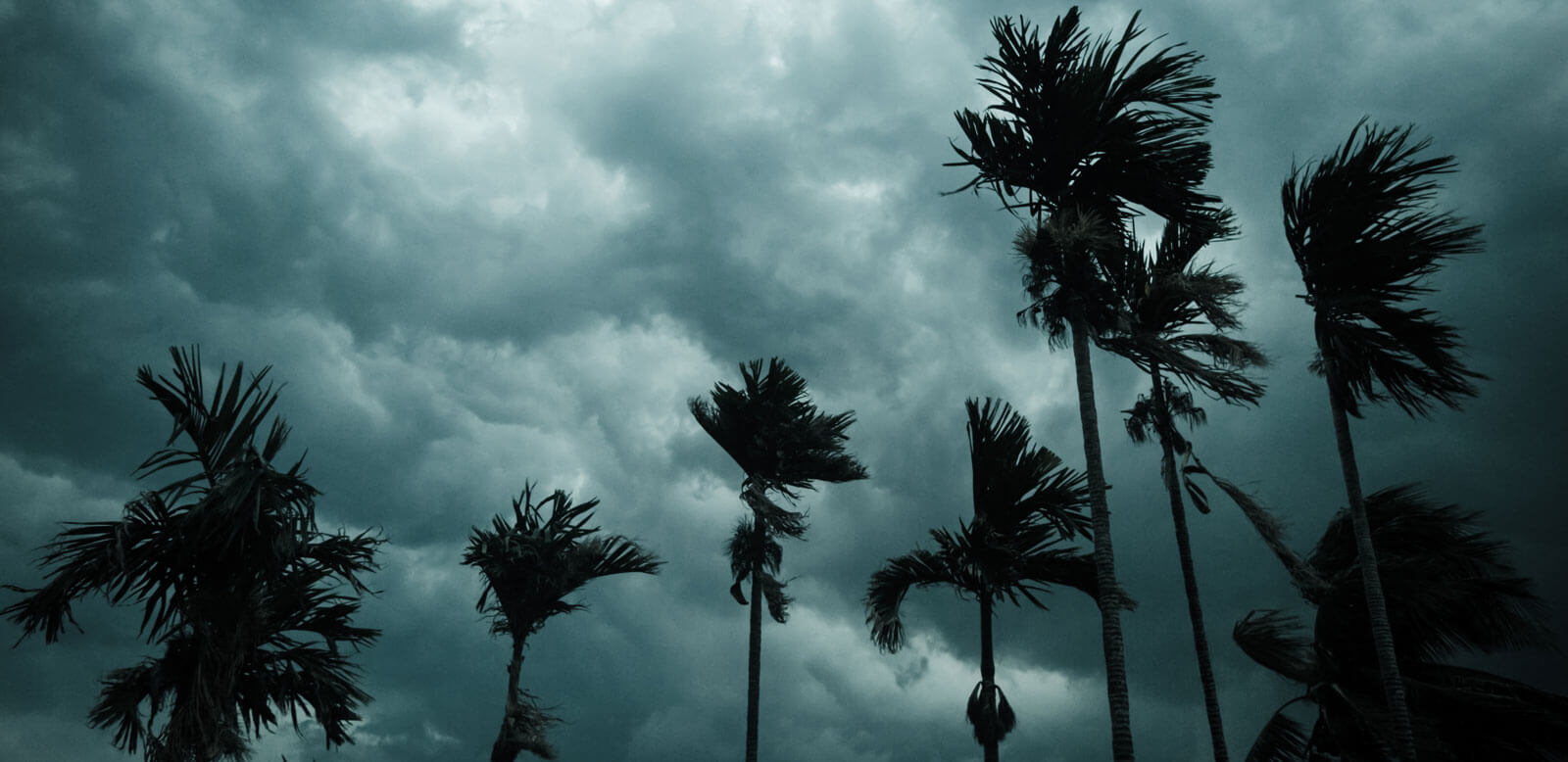
What do I do after a hurricane makes landfall?
October 28, 2021 — Disaster insights | Homeowner insights
Chances are if a hurricane has made landfall near your home, you’re in crisis mode — on high alert, waiting for the next surprise or disappointment, in constant motion going from one thing to the next with no time to stop or think, or even care for yourself.
We hope that some of the information here might help you know what your next steps should be. Perhaps you’re reading this because loved ones are in crisis after a natural disaster, and you want to know how to help them.
There’s no right or wrong way to navigate the unknown. Having information and taking action can help you feel more in control of a situation — and that’s critical to moving out of crisis mode.
Stay safe
We hope it goes without saying — no matter what — keep yourself and your family safe.
Listen to your local authorities and emergency alerts
Even if the storm center has passed, lingering rain and changing conditions can continue to worsen situations.
Locate disaster resources
Disaster resources such as FEMA (Federal Emergency Management Agency) and the Red Cross will have the best information and resources for coping with a crisis and your specific storm. From food, water and shelter to the rebuilding process, national disaster relief organizations have helped thousands of people through disasters just like the one you’re experiencing. Lean on them to get back on your feet.
Do not attempt to travel through floodwaters
Cars can be swept off roadways in less than 12 inches of water, and water is very damaging to vehicles. Swimming through floodwaters can be even more dangerous. After storms, floodwaters pick up debris. The murky nature of the water means you can’t see sharp or dangerous objects.
Use evacuation centers and shelters
If your home is badly damaged or you’re in danger, find an emergency shelter and temporarily relocate your family there. Not only will you be out of harm’s way, but you’ll also be with others going through the same experiences. Community is important in a crisis.
Let loved ones know you’re okay
Whether you live in the same city with your loved ones, or they are miles away, unaffected by the storm, people who care about you will want to know if you are okay. Reach out to those in your circle and let them know you’re safe. Keep the calls as short as possible, as you’ll need to conserve the phone battery if power is out.
Check on your neighbors
If you’re able to safely do so, check on your neighbors. Storms can often leave people stranded or in danger in their own homes. It takes a community mindset to persevere during serious storms, including looking out for one another every step of the way.
Start the recovery process
When you’re safe, and your immediate needs are taken care of, you can start to think about the necessary steps to get back to normal. If you have damage to your home, contact your homeowners insurance company. They also have experience helping homeowners navigate the aftereffects of damaging storms and walk you through each step of filing a claim.
“We’ve seen shifts to more frequent and severe disasters, and as a result, we’re more focused than ever on being there for our customers in their time of need,” said Cat Reese, Chief Claims Officer for SageSure.
Be smart
As anxious as you may be to get your life back to normal, don’t skip the standard due diligence when hiring someone to work on your home. From emergency repairs to prevent further loss to final rebuilding plans, don’t sign any contracts, be sure to request insurance and licensing information and know what to look for in a qualified contractor. “
“After a storm, fly-by-night contractors may surge your area using high-pressure tactics, asking for payment in advance and targeting vulnerable populations with price gouging,” Reese said. “To protect yourself, focus on getting a written estimate, ensure that contractors you speak to hold licenses in your area, find out how long they’ve been in business and pay with a card or check versus cash.”
Mitigate loss
Take any necessary steps to prevent further damage to your home and property. Throw out spoiled food quickly. Get wet items dried out. With humid conditions and no power for air conditioning, mold can begin to grow within 24 to 48 hours of items being soiled.
Document everything
As you’re cleaning up, working with contractors to provide emergency repairs to mitigate loss and taking other necessary steps in the recovery process, remember to document the damage with before and after pictures. This includes everything from floodwaters to limbs or trees on your property, what it looked like when the damage occurred and the temporary or permanent solution. Documentation is an important part of the claim evaluation process.
“Remember, an adjuster’s estimate is just that — an estimate,” Reese said. “If you find additional damage, contact your insurance company as soon as possible.”
When your life is uprooted by an unexpected natural disaster, stay safe and then when you’re out of harm’s way, start the recovery process. It may be challenging with infrastructures disrupted but find the support you need to navigate the recovery process one day at a time.
